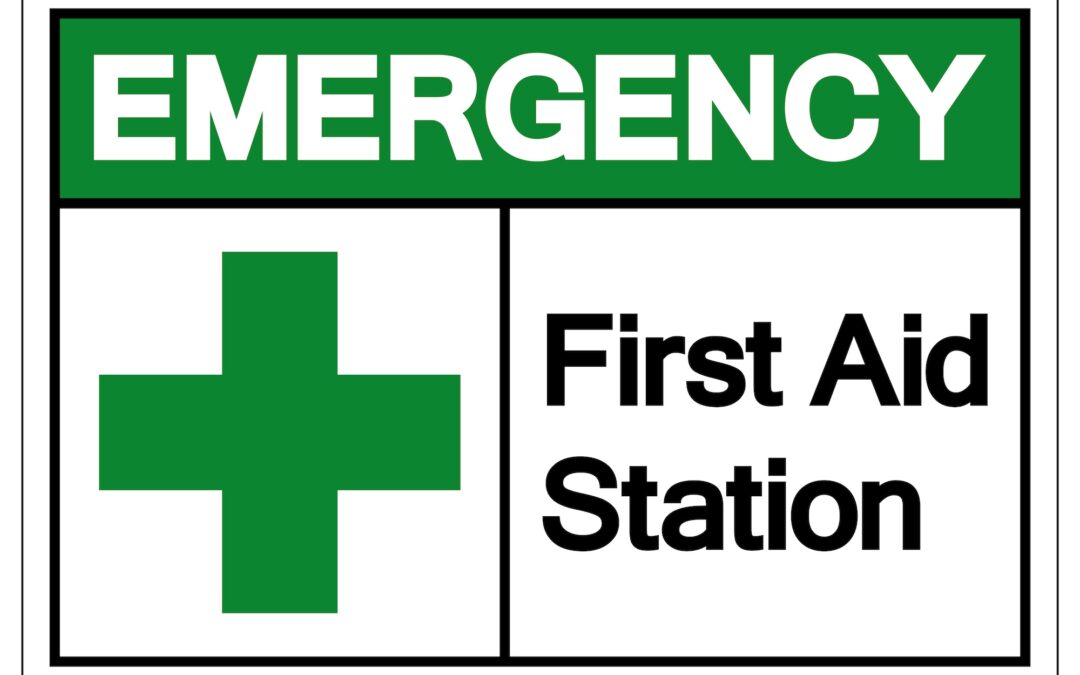As a business owner, you are responsible for the safety of employees, visitors, and customers. This includes injuries and illnesses that may occur. Every company should have a first aid kit on-site, used to treat injuries or to assist in an emergency when waiting for medical care to arrive. According to OSHA, the contents of the first aid kit should be based on a first aid needs assessment. The size of the first aid kit depends on the number of people working in the facility and the type of injuries that may occur. It’s recommended that large facilities have an automated external defibrillator (AED) for cardiac emergencies.
Discussion Points:
• The contents of the first aid kit should be based on a first aid needs assessment
• The size of the first aid kit depends on the number of people working in the facility
• There are two first aid kit classifications; Class A and Class B
• The first aid kit should be inspected on a routine basis
• What is in your first aid kit?
Discussion:
There are two first aid kit classifications; Class A and Class B. The Class A first aid kit provides a basic range of products for common injuries, including cuts, abrasions, and minor burns. These kits are designed for low population and low-risk workplaces. The Class B first aid kit provides a wider variety and more supplies for highly populated or high-risk workplaces.
Supplemental information in the form of information cards, diagrams, or pictures to visualize first aid treatment and include usage instructions for all the supplies contained within the first aid kit are very helpful. Most pre-assembled first aid kits include a booklet or pamphlet with this information. The contents of the first aid and emergency kits depend on the quantity of first aid supplies needed, the variety of supplies, and the intended use of the kits. These standards are maintained by the American National Standards Institute (ANSI) and the International Safety Equipment Association (ISEA). OSHA regulation 29 CFR 1910.151 recommends first aid kits and supplies to be selected by someone competent in first aid and aware of the hazards found in the workplace. The kits should contain the necessary first aid supplies to handle most common first aid injuries and illnesses, including antiseptics, antibiotic ointments, gauzes and bandages, splints, tapes, tweezers, trauma shears, and a thermometer. First aid kits may not contain prescription or over- the-counter medications such as aspirin, ibuprofen, decongestants, sinus relief, etc.
Employees who require these medications are encouraged to bring them to work for their personal use. Medicines put in the first aid kits should be in single-dose, tamper-proof packages and labeled per FDA requirements. The first aid kit should be inspected on a routine basis to make sure they are not missing supplies, the contents are not expired, and the kit still meets the needs of the workplace.
As always, stay safe out there!


Recent Comments